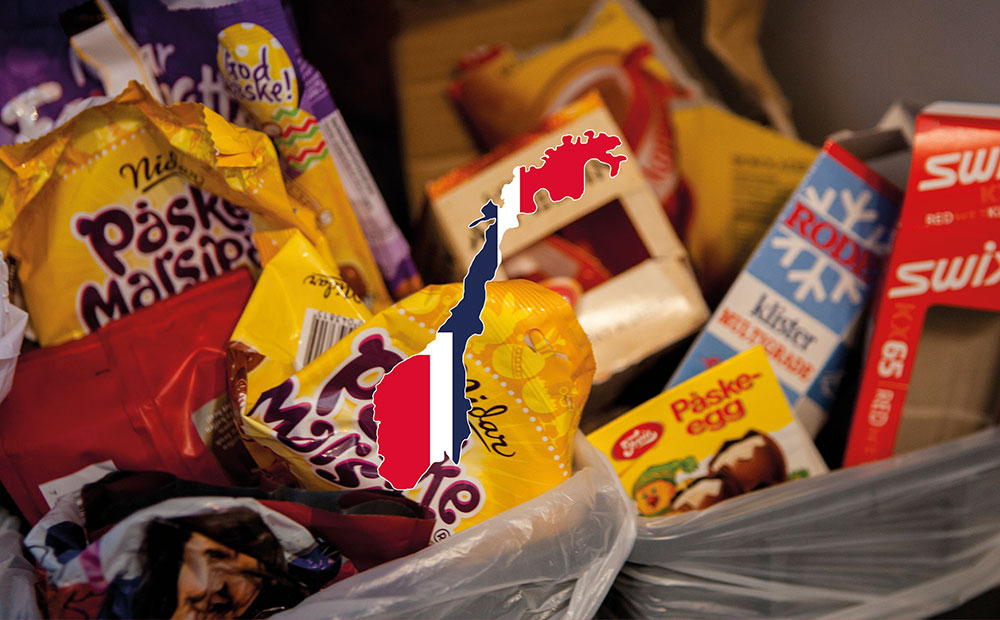How consumers recycle packaging in Norway

In Norway, municipalities organise the collection of consumer packaging waste, which is why the sorting systems may be different in different municipalities. The most common way to recycle plastic packaging is to put it into transparent plastic bags at home; these bags are then picked up from residential buildings’ waste collection areas every three or four weeks.
Glass and metal packaging is recycled using the same container and can be returned to eco take-back points located in supermarket car parks and other places that are easy to reach. More municipalities have, however, recently introduced containers for glass and metal packaging to residential buildings, which has considerably increased the volumes of packaging collected.
Consumers usually throw small pieces of wooden packaging away in mixed waste, but large pieces of wooden packaging should be taken to municipal recycling points. A packaging recovery system, PRO, has recently been launched for large volumes of wooden packaging from the retail and industrial sectors. Cardboard is normally recycled together with paper. There is a deposit system for beverage containers, which has been handled by Tomra for a long time. The return rate is more than 95 percent.
Grønt Punkt Norge is a non-profit company owned by five producer organisations that are responsible for the collection, transport and recycling system for packaging. All companies that either manufacture or import more than 1,000 kilograms of packaging per year must be a member of a producer organisation. The producer organisations reimburse municipalities for the costs they incur in collecting packaging.
Grønt Punkt Norge collects payments from the companies in the producer responsibility system on behalf of its owners. It was the only producer responsibility system for packaging materials in Norway until 2017, when competitors were allowed to set up operations. Grønt Punkt Norge is still the largest one with a market share of around 90 percent.